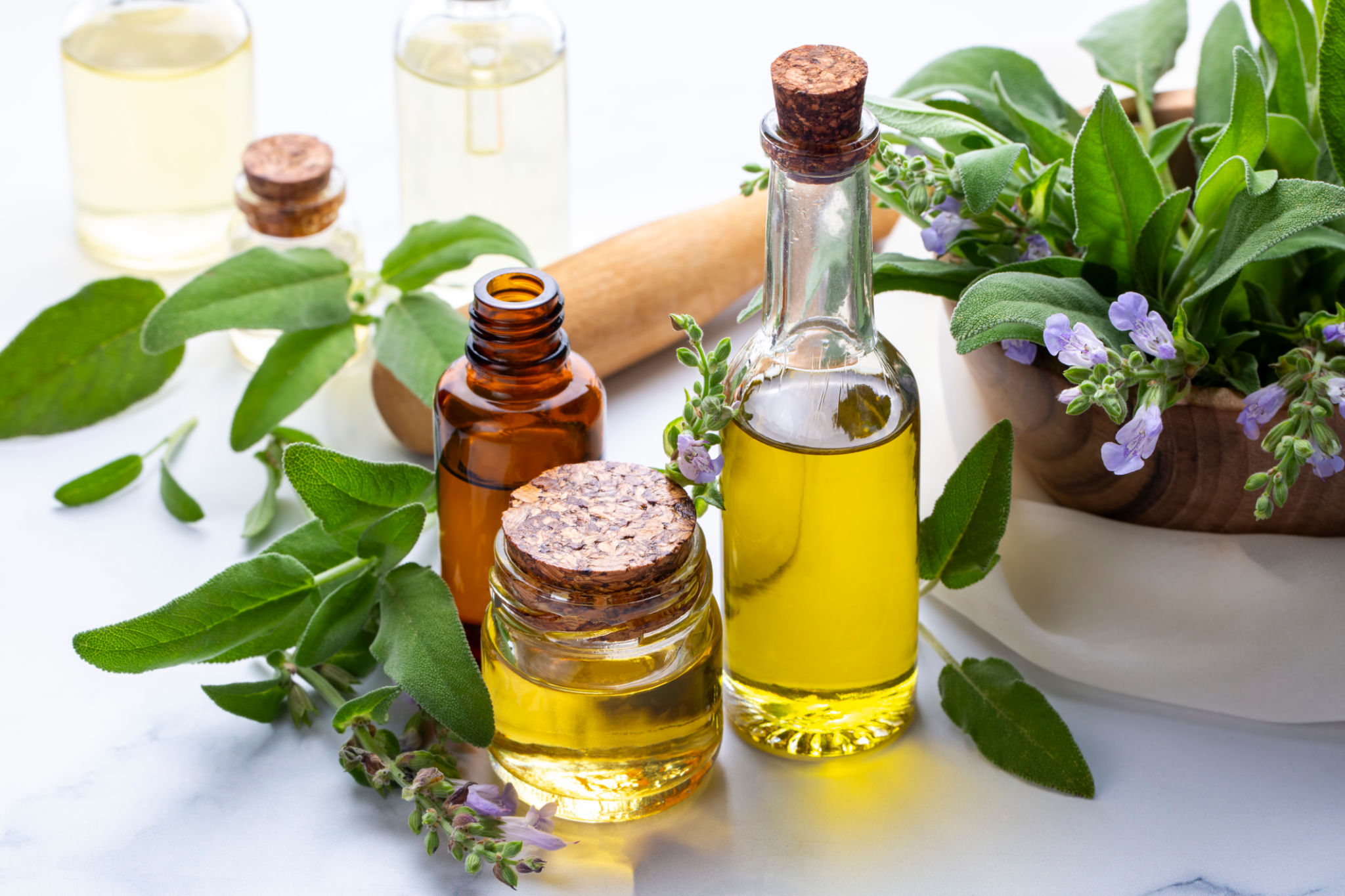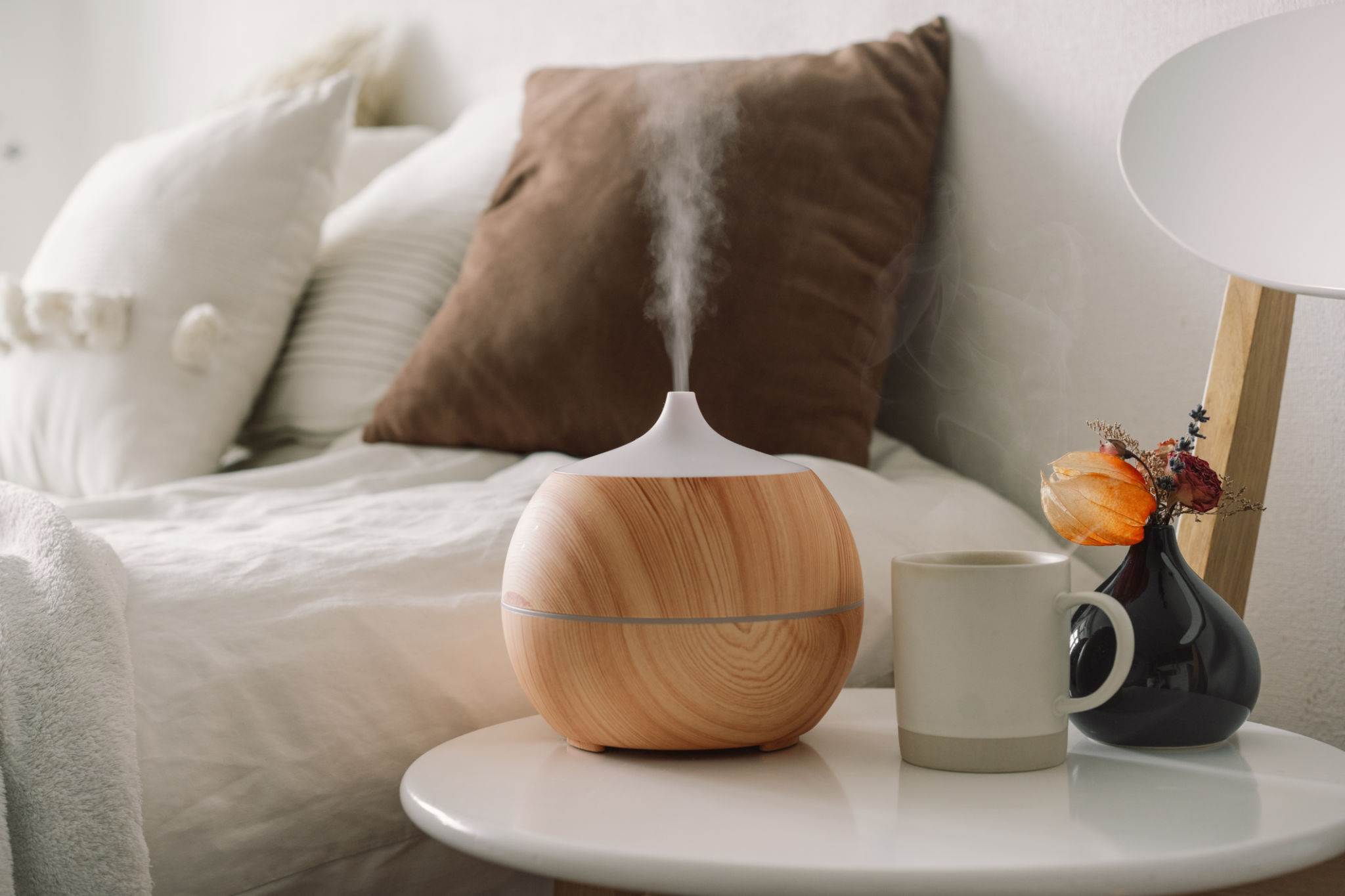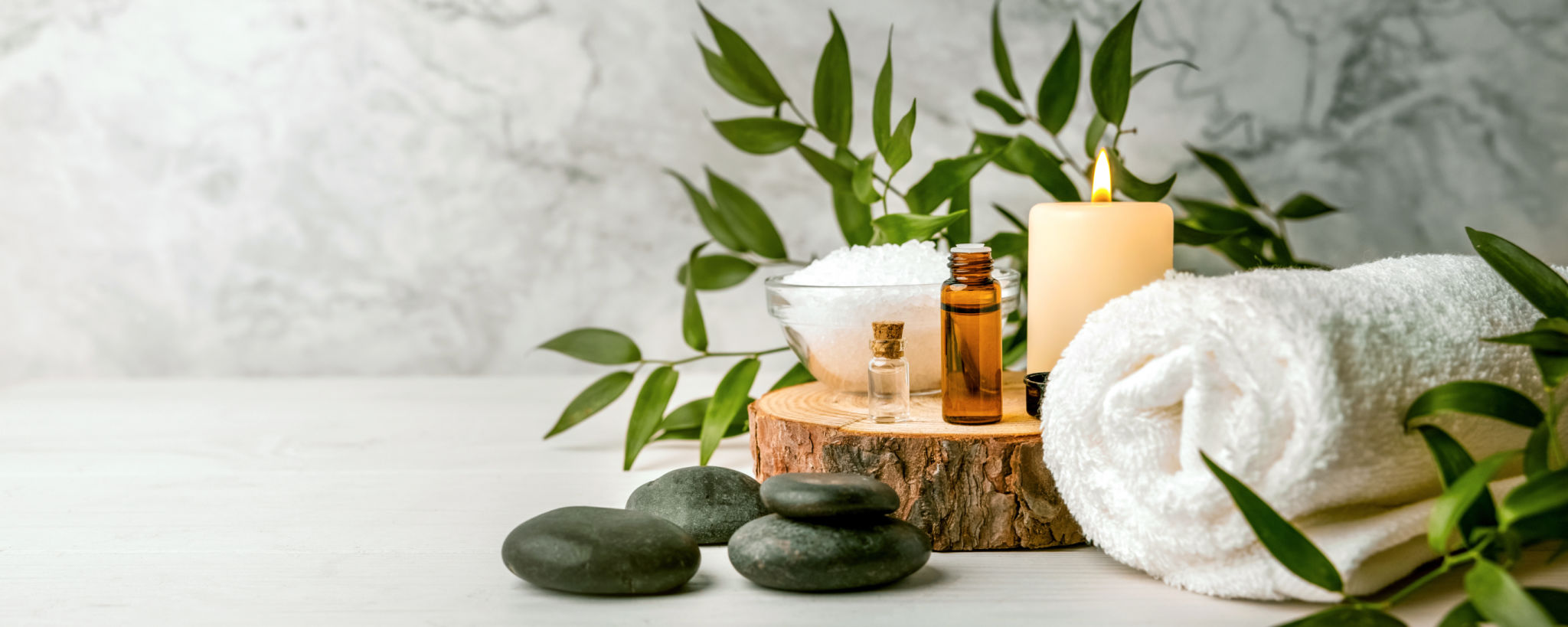How to Use Essential Oils for Emotional Release and Support
Be
Understanding Essential Oils
Essential oils are concentrated extracts derived from plants. They're known for their aromatic properties and have been used for centuries in various cultures for both physical and emotional well-being. These oils can be a powerful tool for emotional release and support, offering a natural way to manage stress, anxiety, and other emotional challenges.
When used correctly, essential oils can help balance emotions, provide a sense of calm, and improve overall mood. Their application can be as simple as diffusing them in the air or applying them topically with a carrier oil. It's important to choose the right oils for your specific needs to maximize their benefits.

Choosing the Right Essential Oils
Different essential oils have unique properties that can support various emotional states. For instance, lavender is well-known for its calming effects, making it ideal for reducing stress and promoting relaxation. On the other hand, citrus oils like orange or lemon can uplift your mood and boost energy levels.
Here are a few popular essential oils and their emotional benefits:
- Lavender: Calming and soothing.
- Peppermint: Invigorating and refreshing.
- Ylang Ylang: Balances emotions and promotes joy.
- Bergamot: Alleviates stress and enhances positivity.
Methods of Using Essential Oils
There are several ways to use essential oils for emotional release and support, each offering unique advantages. Here are some popular methods:
Aromatherapy
Aromatherapy involves inhaling the scent of essential oils directly or through a diffuser. This method is effective because the olfactory system is linked to the brain's emotional center, allowing scents to influence emotions quickly. Simply add a few drops of your chosen oil to a diffuser and let it disperse throughout the room.

Topical Application
Applying essential oils directly to the skin allows them to be absorbed into the bloodstream, offering localized benefits. Always dilute essential oils with a carrier oil, such as coconut or jojoba oil, before applying to avoid skin irritation. Common application points include the wrists, temples, and behind the ears.
Bathing
Add a few drops of essential oil to your bathwater for a relaxing and emotionally supportive experience. The warm water helps open pores, allowing the oils to be absorbed more effectively. This method combines the benefits of both aromatherapy and topical application.

Creating a Personal Blend
One of the joys of using essential oils is creating custom blends tailored to your personal needs. Start with a base oil that aligns with your primary emotional goal, then add complementary oils to enhance the blend's effectiveness. Experiment with different combinations until you find what works best for you.
Remember that less is more when it comes to essential oils. Start with small amounts, especially when trying new blends or oils for the first time. Always perform a patch test to ensure there are no adverse reactions.
Safety Tips and Considerations
While essential oils can be beneficial, it's crucial to use them safely. Here are some tips to keep in mind:
- Always dilute essential oils before topical application.
- Store oils in a cool, dark place to maintain their potency.
- Avoid using oils near sensitive areas such as eyes and mucous membranes.
- If pregnant, nursing, or under medical care, consult with a healthcare professional before use.
By following these guidelines and understanding how to use essential oils effectively, you can harness their power for emotional release and support, enhancing your overall well-being naturally.